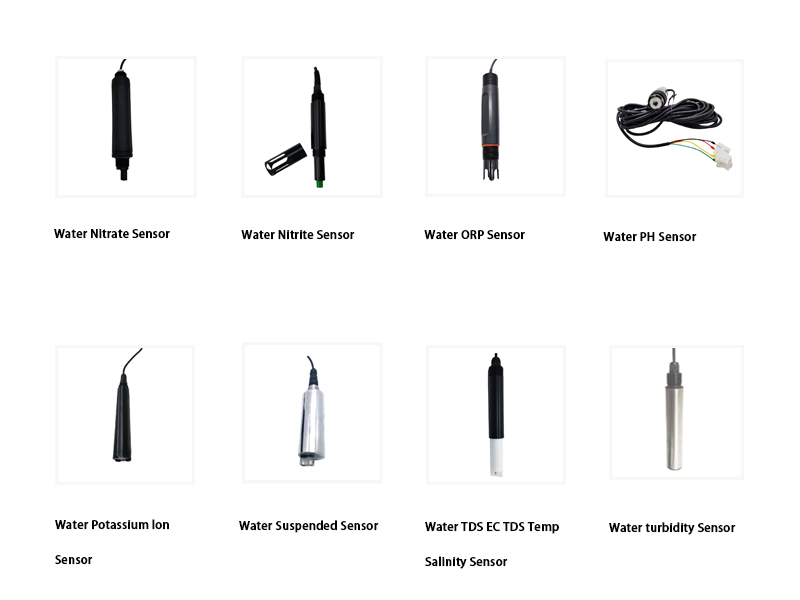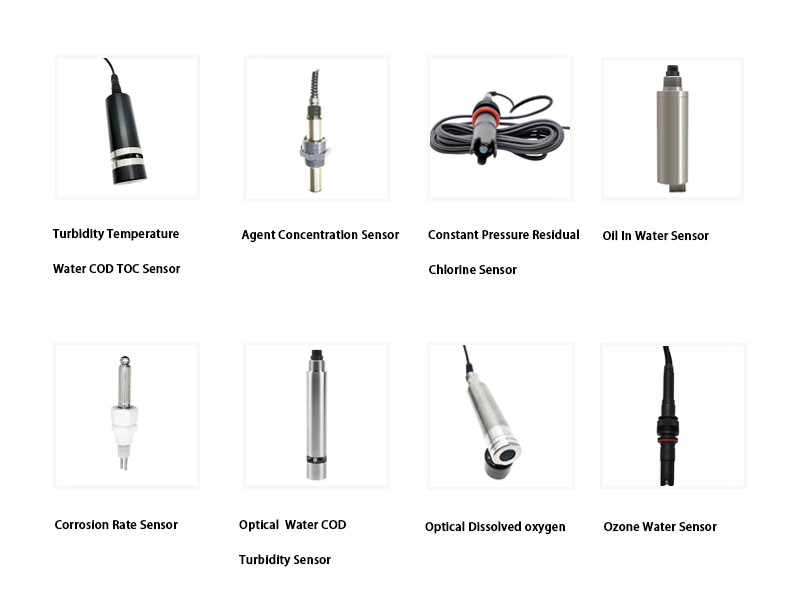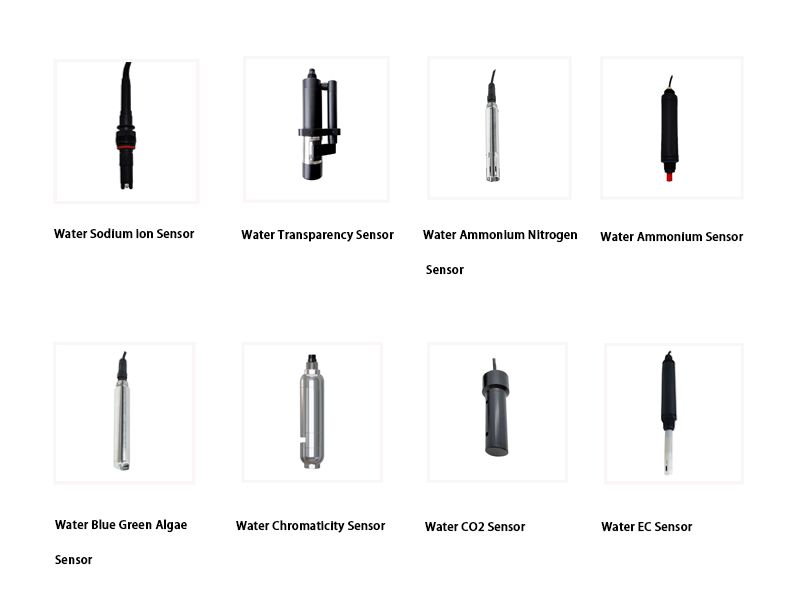Introduction
Water quality monitoring is crucial for environmental protection, public health, and resource management. One of the key parameters in assessing water quality is turbidity, which indicates the presence of suspended particles in water that can impact ecosystems and drinking water safety. Recent advancements in turbidity sensor technology are making it easier and more effective to monitor water quality in real time. This article explores the latest innovations, trends, and applications of water turbidity sensors.
Understanding Water Turbidity
Turbidity is a measure of the cloudiness or haziness of a fluid, which can result from various factors such as sediments, algae, microorganisms, and other pollutants. High turbidity levels can indicate poor water quality, affecting aquatic life and posing risks to human health. Traditional methods of measuring turbidity often involved laboratory testing, which could be time-consuming and less effective for real-time monitoring.
Recent Innovations in Turbidity Sensor Technology
1. Smart Sensor Networks
Recent developments in sensor networks are enhancing the monitoring capabilities of turbidity sensors. Smart turbidity sensors can now connect to the Internet of Things (IoT), allowing for real-time data transmission and remote monitoring. This connectivity enables water quality data to be accessed from anywhere, facilitating faster response times to pollution events and the ability to track changes in water quality over time.
2. Improved Sensitivity and Accuracy
Cutting-edge sensors are becoming increasingly sensitive to low levels of turbidity, enabling them to detect changes in water quality that may have gone unnoticed previously. Advanced optical techniques, such as laser diffraction and nephelometry, enhance accuracy and provide more reliable results even in challenging conditions. These innovations are particularly important for industries that require stringent water quality monitoring, such as municipal drinking water systems and aquaculture.
3. Cost-Effective Solutions
The cost of turbidity sensors has decreased considerably, making them more accessible for a broader range of applications. Affordable sensors can now be deployed in various settings, from industrial operations to small-scale agricultural sites and even individual households. This democratization of technology enables more stakeholders to monitor their water resources effectively.
4. Integration with Other Environmental Sensors
Modern turbidity sensors can be integrated with other types of environmental sensors, such as temperature, pH, and dissolved oxygen sensors, creating comprehensive water quality monitoring systems. This multi-parameter approach allows for a more complete understanding of water conditions and better-informed decision-making regarding resource management and pollution control.
5. Advancements in Data Analytics
The latest turbidity sensors often come equipped with data analytics capabilities that allow users to visualize trends, create alerts, and generate reports based on real-time data. Machine learning algorithms can analyze large datasets to identify patterns or predict future turbidity levels, helping water managers respond proactively to potential water quality issues.
Recent Applications and Field Deployments
1. Environmental Monitoring
Government agencies and environmental organizations are increasingly deploying advanced turbidity sensors in rivers, lakes, and estuaries to monitor water quality and detect pollution events. For instance, the United States Environmental Protection Agency (EPA) has begun implementing sensor networks to better assess the health of local water bodies and respond quickly to contamination threats.
2. Agricultural Water Management
Farmers and agricultural managers are adopting turbidity sensors to optimize irrigation practices and monitor runoff quality. By analyzing water quality in real time, they can make informed decisions about when to irrigate and how to manage fertilizers and pesticides to minimize environmental impact.
3. Aquaculture
The aquaculture industry relies on maintaining optimal water quality for fish health. Turbidity sensors are crucial in monitoring water clarity and preventing conditions that could lead to disease outbreaks or fish stress. Innovations in sensor technology are enabling aquaculture farms to maintain better control over their environments.
4. Drinking Water Treatment
Municipal water treatment facilities are incorporating advanced turbidity sensors into their operations to ensure compliance with health regulations and provide safe drinking water. Real-time monitoring allows operators to detect anomalies immediately and adjust treatment processes accordingly.
Challenges and Future Trends
Despite the advancements, water turbidity sensors still face challenges. The reliability of sensors in harsh environments, the need for calibration and maintenance, and the potential for biofouling are areas that require ongoing research and development. Furthermore, as the demand for real-time water quality monitoring grows, future innovations may focus on increasing sensor durability and enhancing their ability to work in diverse and challenging conditions.
Conclusion
Water turbidity sensors are at the forefront of innovations aimed at improving water quality monitoring. With advancements in sensitivity, connectivity, and integration with other environmental sensors, these devices are becoming essential tools for a variety of applications—from environmental monitoring to agriculture and drinking water treatment. As technology continues to evolve, the capacity of turbidity sensors to improve water management practices and ensure public health will only grow, leading to healthier ecosystems and safer water supplies for all. The future of water quality monitoring looks bright, powered by innovations in turbidity sensors and a commitment to sustainable water resource management.
In addition, we can provide more water quality sensors
Post time: Dec-17-2024





